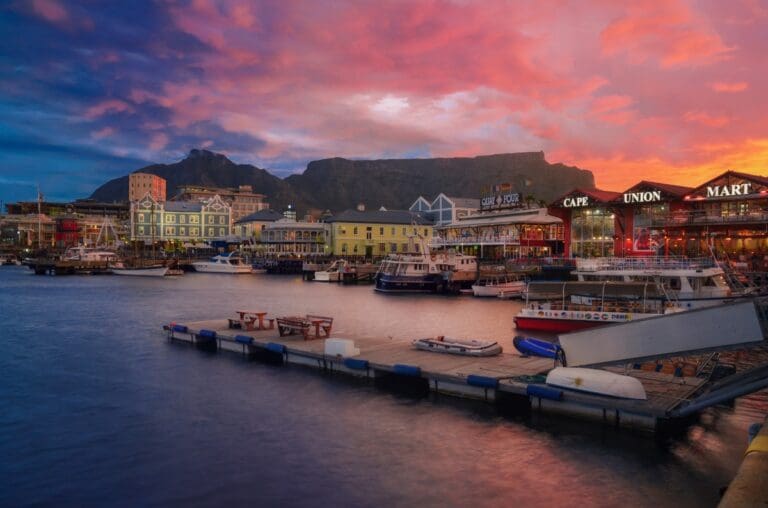

Serenity Hills is undoubtedly a development to keep an eye on, as it not only garners national attention but has also already secured several international buyers looking for a secure sanctuary on the South African coast.
The eco-estate of 120 hectares will offer residents secure living in 600 residential units across three neighbourhoods. Ultimately the units will range from two-bedroom to four-bedroom freestanding homes, as well as the very unique Forest Pods. Said to offer superb value for money, it is sustainability and community development that serve as the driving ethos of the development.
Home designs are solar-ready and the development comes with rainwater harvesting, with three months’ back-up water for uninterrupted supply. Furthermore, the estate will also offer state-of-the-art digital living, with the in-house app that allows residents to pay utility bills, request domestic services, register guests and order food all in one place.
In addition to the residential units and Forest Pods, 70 hectares will also be utilised for private conservation, ensuring that it remains a low-density development.
More than 50% of the units had already been sold by the end of April this year, with buyers coming from Canada, the UK, Switzerland and Germany. The benefit to investors includes value for money and a low cost of living that can’t be matched in other coastal regions in the country. At the same time, the development is also in close proximity to private schools, private hospitals, specialists, shops, malls and even an airport. A clubhouse with swimming pools, the Infinity Bar and The Bistro are other lifestyle elements that residents can look forward to.

The V&A Waterfront is packed with loads of activities for kids of all ages
Development Director, Sam Wenger brings his Swiss-born influence to the design of the pet-friendly estate, allowing for a flow between home and nature. The Wenger family has a long history of community development in this Kwazulu-Natal region. In the end, this R800 million development contributes to government’s goals of socio-economic development, sustainable job creation, poverty reduction and driving back inequality.
Stay up-to-date on the hottest, hippest and most happening things to do in Mzansi!
